The introduction of VR in education may increase pupil engagement, which is intently related to the cognitive, behavioral, and affective dimensions of the engagement mannequin (Wang and Degol, 2014). Cognitive engagement underscores the depth of students’ attention, comprehension, and retention (Wang and Degol, 2014). Behavioral engagement is observable, characterized by constant attendance and active classroom participation (Wang and Degol, 2014). Affective engagement delves into the emotional realm, encompassing motivation, passion https://hudhudhub.info/on-my-experience-explained-7/, and learning efficacy (Wang and Degol, 2014). VR is not limited to K-12 education; it has also discovered its means into higher training establishments, enriching classroom instruction and offering hands-on coaching in varied fields.
Conceptualization Of Digital Experiences
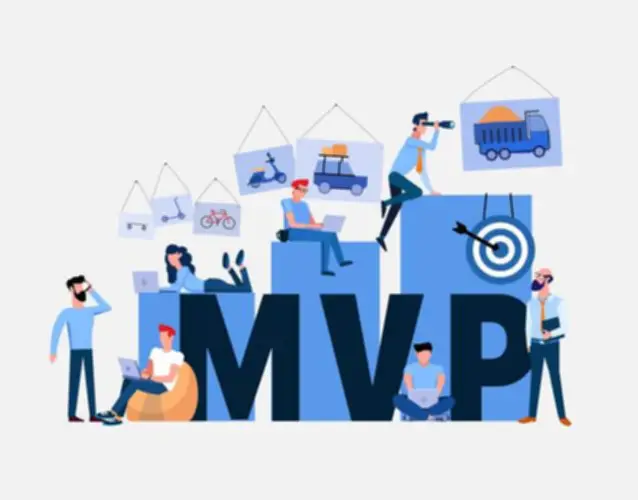
However, the outcomes are different in those objects by which visualization was essential. Students in the control group obtained a studying achieve within the range thought-about low, and for school kids in the experimental group, their gain was still within the center range. This evidence that the VR know-how used in vectors helps students better perceive some content during which visualization is an essential device and has no impact on different kinds of content material. The open-ended questions present information about students’ perception of their achievement of studying goals and their own expertise with the VR setting.
Applications Of Vr In Schooling
Special wants college students also can profit from this know-how through custom-made studying and elevated engagement. While the fee and trainer training are challenges, the opportunities for VR in training are huge. The future implications of VR are thrilling, and its continued integration into academic techniques will improve student learning and engagement. As we embrace this technology, let us do not overlook that it is not a replacement for lecturers, but somewhat a device for learning. In addition to providing students with immersive studying experiences, different benefits of virtual reality in education include the power to encourage students’ creativity and spark their imaginations.
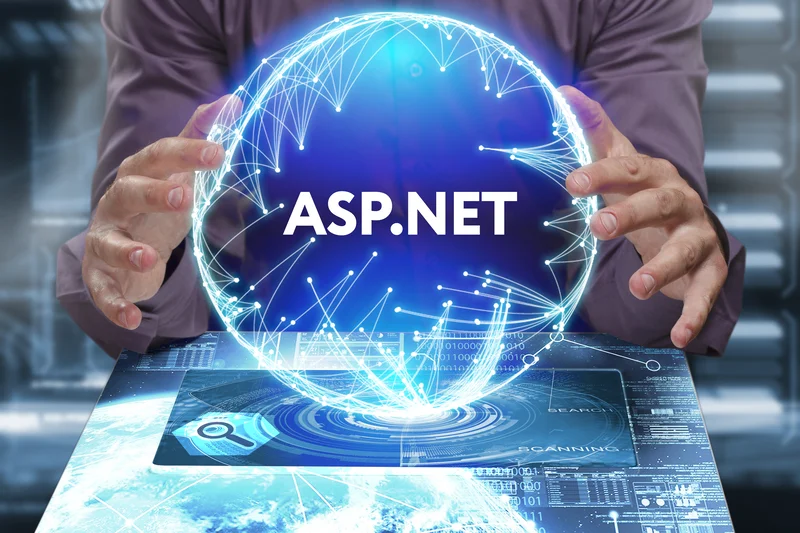
Potential Future Functions Of Vr In Education
For instance, with the assistance of 360 VR movies, students can immerse themselves in studying numerous subjects—from literature to arithmetic. VR supplies a protected platform for risky studying procedures such as chemical experiments, aviation, and medical manipulations. It enhances cooperation and collective studying since college students have the liberty to explore this new tech surroundings, unlike in a traditional classroom.
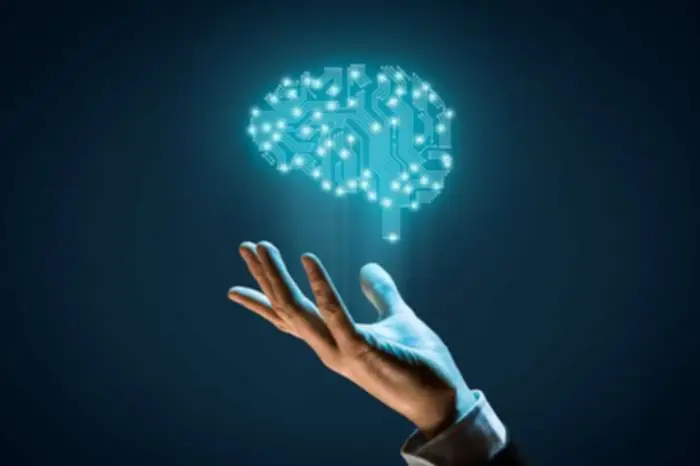
The General View Of Virtual Reality Expertise Within The Schooling Sector
Six gadgets of the pre-post questionnaire with the target of analyzing the angles alpha, beta, theta and phi of various vectors. With VR tech changing into more accessible, it will ultimately turn out to be extra accepted, and extra VR apps will be developed. It will take some time for the tutorial group to embrace VR, however finally they will catch up. And it’s always extra satisfying to be taught by working towards than by cramming or watching academic films. Somewhat similar is the Laboratory VR Training Simulation, a demo project that Onix created for HTC Vive and Oculus Rift. For example, this method eliminates many dangers of real-world conditions for students with autism spectrum disorder.
In basic, the questionnaire evaluates students’ skills to visualize, determine, and perceive the definitions of the alpha, beta, theta, and phi angles with respect to the coordinate axes. VR is an excellent software for simulating real-world situations that could be too harmful, costly, or impractical to recreate in the physical world. The Baylor Health Care System study discovered that college students skilled in a VR-based safety procedure module confirmed a 250% improvement of their capability to accurately complete the task in comparison with those who used standard training materials. Educational excursions have been as soon as limited by value, distance, and accessibility, however VR eliminates these barriers and offers endless alternatives. Cameras that supply 360-degree recording and new apps such as Google Expeditions have introduced VR into the classroom, creating alternatives for lecturers and college students to approach education like never before. According to tech web site Built In, using VR in classrooms is predicted to extend dramatically over the subsequent five years.
Content creators might need to adapt their storytelling strategies and develop immersive narratives that take full benefit of the unique capabilities of virtual reality. While virtual reality presents unimaginable possibilities, it also comes with its challenges. One of the primary challenges is the high cost of VR hardware, which limits its accessibility to a wider audience. However, as technology progresses and becomes extra inexpensive, we will count on VR to turn out to be more accessible and widespread.
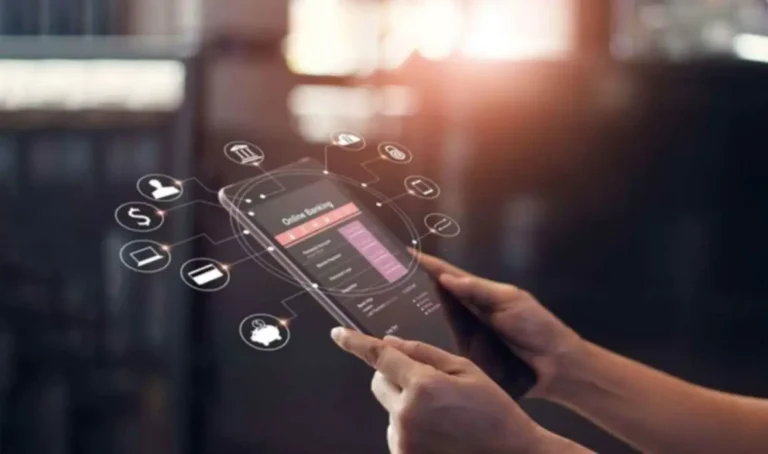
The Likert-scale questions provide information about using virtual reality as a learning software and the worth students discover in virtual actuality. In this experimental examine, we used PC-powered VR tools, each with two controllers to interact with the virtual surroundings. This tools has sensors on the ceiling to allow room scale, which is the operate of reflecting movements carried out within the bodily world in the digital setting.
Additionally, educators themselves need dedicated coaching to unleash VR’s true influence. A clunky, poorly designed VR experience can hinder studying instead of enhancing it. Virtual Reality modifications the complete traditional studying process into an thrilling and intriguing expertise.
- VR may assist in all of these areas by inspiring, motivating, and offering new insights—whether that’s through area journeys, actions, or experiments.
- Taking into consideration all the ideas mentioned above, we consider that the answers to the analysis questions have been obtained.
- The literature on the utilization of VR about skills and attitudes in science college students stories enhancements in students’ achievement, pursuits and learning expertise in STEM education (August et al., 2016; Al-Amri et al., 2020).
- Taiwan determined to use VR headsets in libraries and museums, Japan to explore the probabilities of distant schooling, and Seattle Public Schools have been creating a VR creation course.
Furthermore, Walmart’s VR coaching program for store managers getting ready for Black Friday resulted in an 80% financial savings in whole coaching time. The decreased training time permits college students to progress extra shortly, freeing up priceless time for other activities and pursuits. Discover essential e-learning platform features, growth prices, and tips on how to build a platform like Udemy or edX on this article. This post supplies insights and tips that can help you navigate the complexities of instructional app development.
The 14-item pre and post-questionnaire outcomes and the six items in which the visualization takes an important position are proof that this technology has potential for the learning of vectors. Taking as reference the outline of the ranges in values for the learning achieve in some other matters in physics (Hake, 1998), the outcomes for studying gain for all college students on this course is in the center range. According to the characterization of Hake (1998), this end result signifies that this course uses lively studying activities.
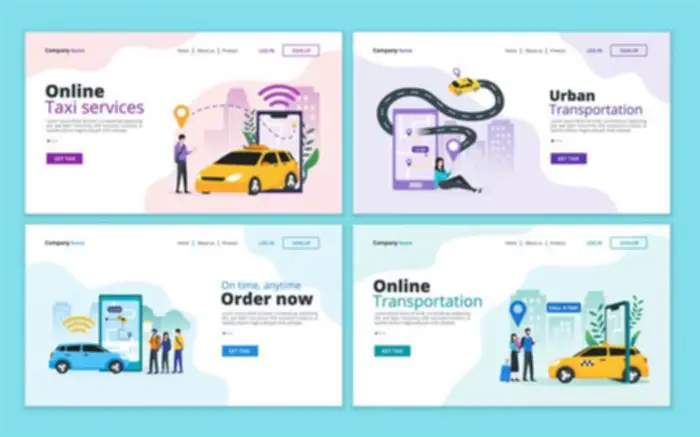
However, when evaluating the utilization of VR with traditional approaches, the literature reviews learning gains. McElhaney and Linn (2011) found that college students experiment with virtual environments as intentional, unsystematic and exhaustive experimenters, and that these students had important learning gains on physics understanding. Collaborative embodied studying in mixed-reality environments results in elevated learning features in comparability with common instruction in science studying (Johnson-Glenberg et al., 2014; Johnson-Glenberg and Megowan-Romanowicz, 2017). Using whole-body, immersive simulations of critical ideas in physics leads to important learning positive aspects, excessive engagement, and constructive attitudes toward science (Lindgren et al., 2016). Using VR in the science classroom improves tutorial achievement and engagement scores compared to conventional programs (Liu et al., 2020). Secondly, Pirker and Dengel (2021) demonstrated that VR might promote student behavioral engagement.
